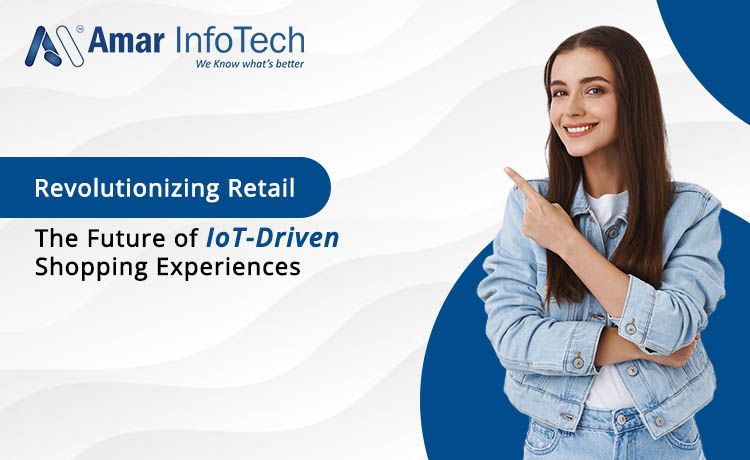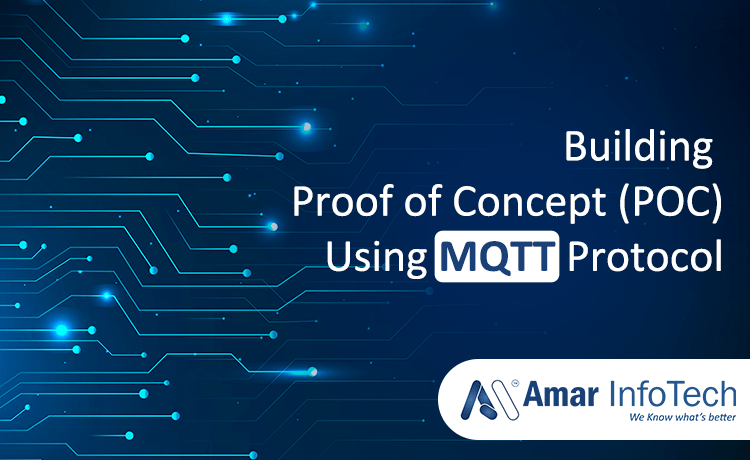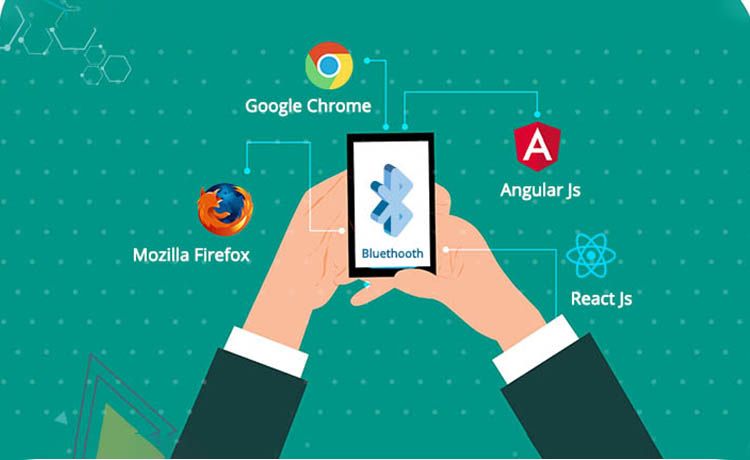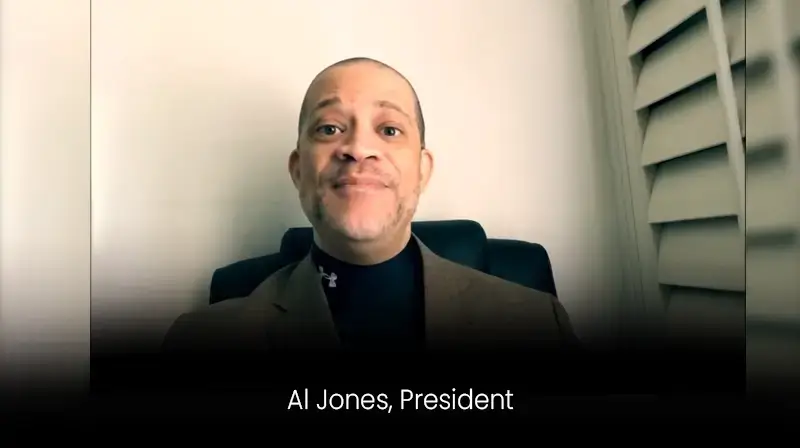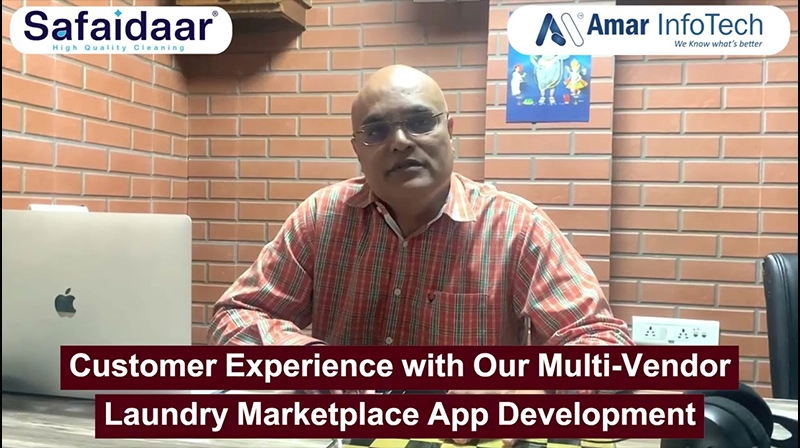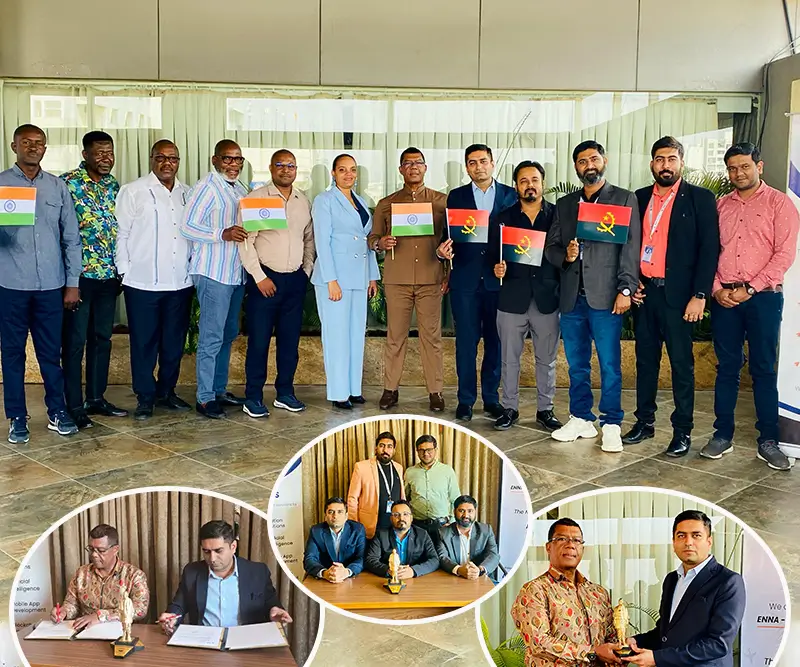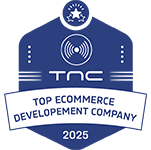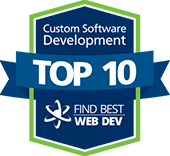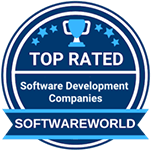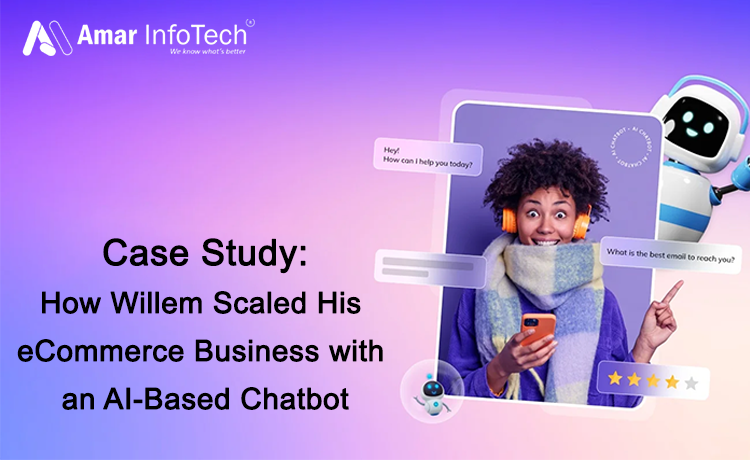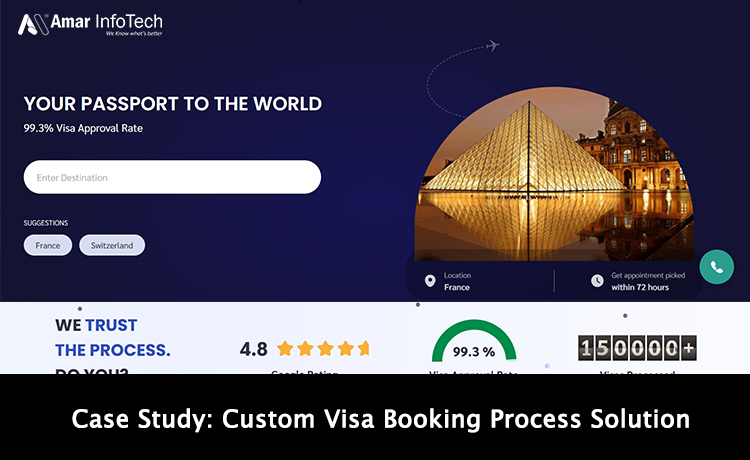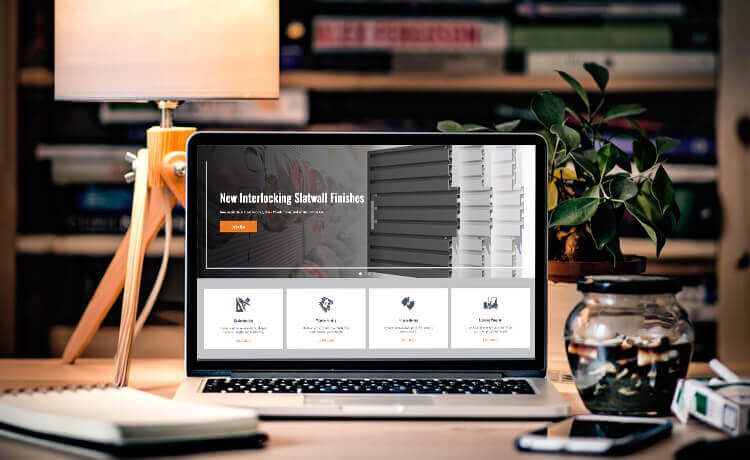In Today’s Highly competitive marketplace, Grocery retailers aim to develop a seamless shopping experience that operates sales and creates loyalty with their customers. Internet of Things(IoT) is revolutionizing all business sectors, including the Retail Industry.
IoT connected devices such as BLE beacons, video cameras, digital signage, and smart shelves provide access to huge amounts of new data on customer activity and present more opportunities for sophisticated insights and immersive customer engagement. By leveraging IoT through Machine learning and Artificial Intelligence(AI), can help IoT data to track the effectiveness of store layouts, exposure to promotions, product interactions, and use of digital kiosks and mobile apps.
Retail Business can get more profit from real-time data coming from IoT Sensors by knowing when a product is about to go out-of-stock, and what thing purchased by their customer. This data is analyzed in real-time to create deep insights into customer preferences and a path to purchase.
Challenges in Retail Industry 2019
Physical Blindspot
Lack of Insights into customer, oftentimes most of the insights you have from the data coming from the server are what your point of a system is telling you; what you don't really know is what’s going on around the store, How many people come inside the store each day, what do they really do inside the store, what are there experiences inside the store, and then how that translates to the revenues of your store. Cost structure in retail is complicated like price margin pressures retail business has to deal with. Some things you need to do to improve experiences and revenues of the retail business.
Efficiency is very important to solve this problem and IoT can certainly help.
Loyalty
Customer service and in-store experiences, What really driving loyalty of customers often time. It’s all about price competitiveness, experiences which your customers have when they come to your store, customer service provides by your store associates. You can’t add more store associates to improve customer experiences, it can go against the cost structure and principles.
You can deploy technologies to make sure all this goes smoothly and efficiently. We think IoT and Machine Learning combined can help in retail.
The Internet of Things in Retail: The Vision of 2019
Over the years, the retail industry has seen a loT of changes that increase the customer experience. In the year 2019, retail store essentially is everywhere the customer is and being a retailer that thrives will require orchestrating consumers through frictionless experiences to discover and buy products. Interconnected and Intelligent IoT Technology will enable very intentional and seemingly natural experiences to engage consumers everywhere.
1) Digitization
By allowing IoT for your retail business first thing you can start with digitizing all your asset and physical assets including Customers, Associates, facilities, Inventory, etc. You can digitize your asset by connecting RFID tags, Wi-Fi tags and sensors to monitor goods. You can search and optimize for your asset, associate and locate different pallets within your store.
2) Analytics
You have all the data after digitization, you can use big data analytics to look at the past trends. You can create heatmap to know checkout activity of customers, track the insights on customer behavior in the store like customers' favorite hotspot, measure footfall, visitor count, dwell times and path analytics. If any inventory on the shelf you can get better Shelf analytics how the inventory is moving. To get Analytics you can use Wifi, BLE, Machine Learning and computer vision to analyze and understand the patterns of the store traffic.
3) Machine Learning and Artificial Intelligence
There is a lot of use cases in retail online search and recommendation by using Machine Learning and AI. You can look through patterns of customers, search history, and persona to create a predictive model of what customers will likely need and provide the best product recommendation. You can also create predictive models for Key Performance Indicators (KPIs) based on data, and trends.
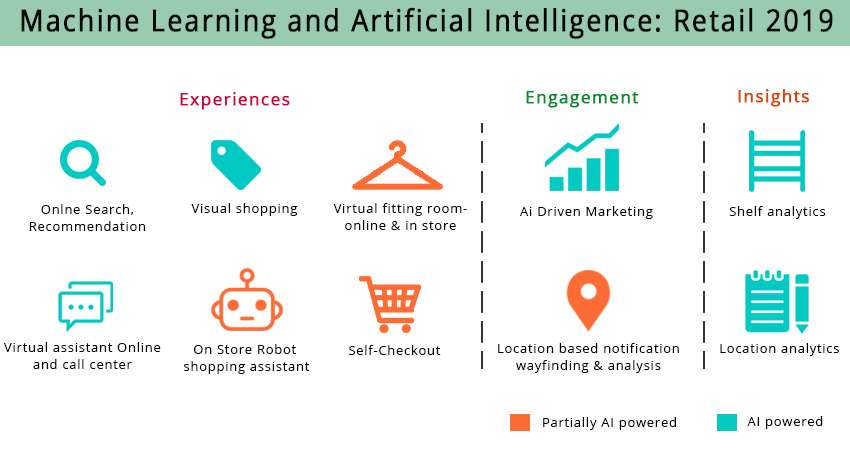
4) Workflow Optimization
Use Insights, predictions and real-time information to optimize operations. Let's take the example of a Large Food Store. The Problem with the store is it requires food to be stored within a recommended temp range, much of the temperature monitoring is manual exercise - expensive and prone to human error so the store can get the monetary loss. For this simple use case, you can use IoT and use connected temperature sensors which are streaming live data fo these refrigerators across to the cloud. You can have historical data, create reports and create rules engine to notify staff if the temperature is not within a range which you know by a click of a button.
5) Marketing
Machine to Machine(M2M) connection through IoT provides customers with digital assistance to find the items on their list, interest them in new products, select promotions to save money. IoT helps marketers in identifying customer desire, delivering curated content to upsell and cross-sell and measuring the success of promotions has never been simpler and more accurate.
6) Service Level Metrics
IoT provides service-level metrics and enables store managers to eliminate long queues, schedule staff efficiency through cognitive intelligence, and make sure customer expectations are being met at every service point in the store.
IoT revolutionizing the retail experience
What makes shopping worse is never-ending queues, lack of authentic information, and product location at a retail store. What if I ask you to imagine a smart world with a solution.
IoT Platform will help you to recognize customers when they enter the store and using near field communication to eliminate the checkout process by automatically charging the preferred payment method you leave with your product.
Connected store not only provides a seamless experience with customers it also empowers retailers to achieve unprecedented operational performance across store portfolio. It’s all starts with a clear understanding of the store itself. IoT takes to store data and blends it with external data connecting the dots between the customers, employees decision process. IoT can enable a store employee to see what truly matters.
For Instance, Store Managers can get a more complete picture of what’s happening in the store and helping them recognize customer needs and make necessary adjustments on the spot.
Sensors and digital devices will create a hyper-personalized customer experience through IoT. Customers online activity and years of past purchase data will generate personalized suggestions.
Checkout will be done remotely when you leave the store with your chosen items.
No more queuing or scanning your items.
Routine household purchases will be automatically delivered when your item is about to finish. Driverless trucks or drones will do much of the delivery work.
3D Printing will enable shops to create items on customer demand instantly.
IoT enables Intelligent robots will guide you around and plan out your retail shop journey in real time.
Online sales will grow from around 10% today to 40% all over the world in 2019.
Future of Retail - Biggest changes you can expect to see in 2019
Amar Infotech IoT for Retail Solution is delivering a technology platform that helps retailers provide in-store experiences that transcend physical boundaries. A connected store powered by Amar Infotech has the ability to enrich the customer experience in new ways.
